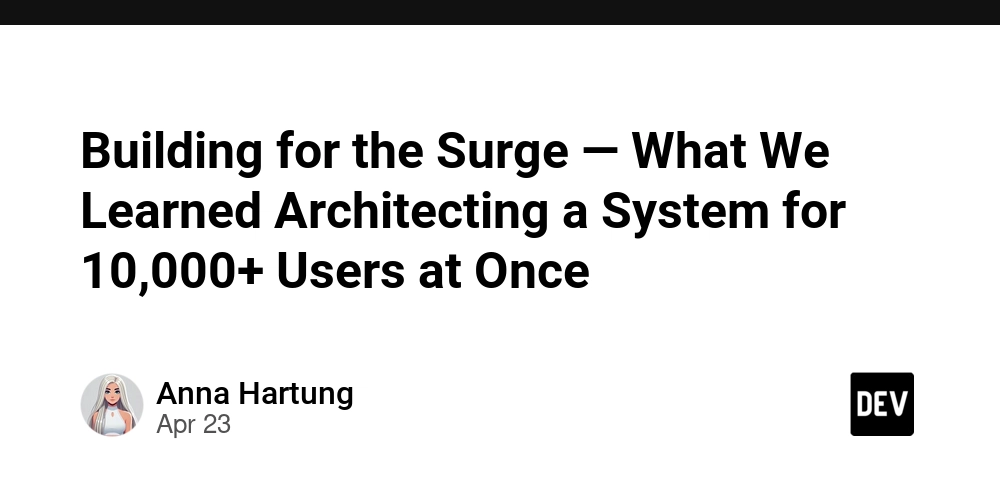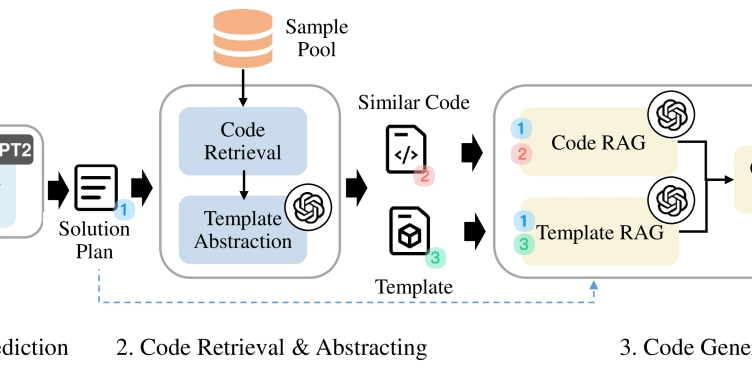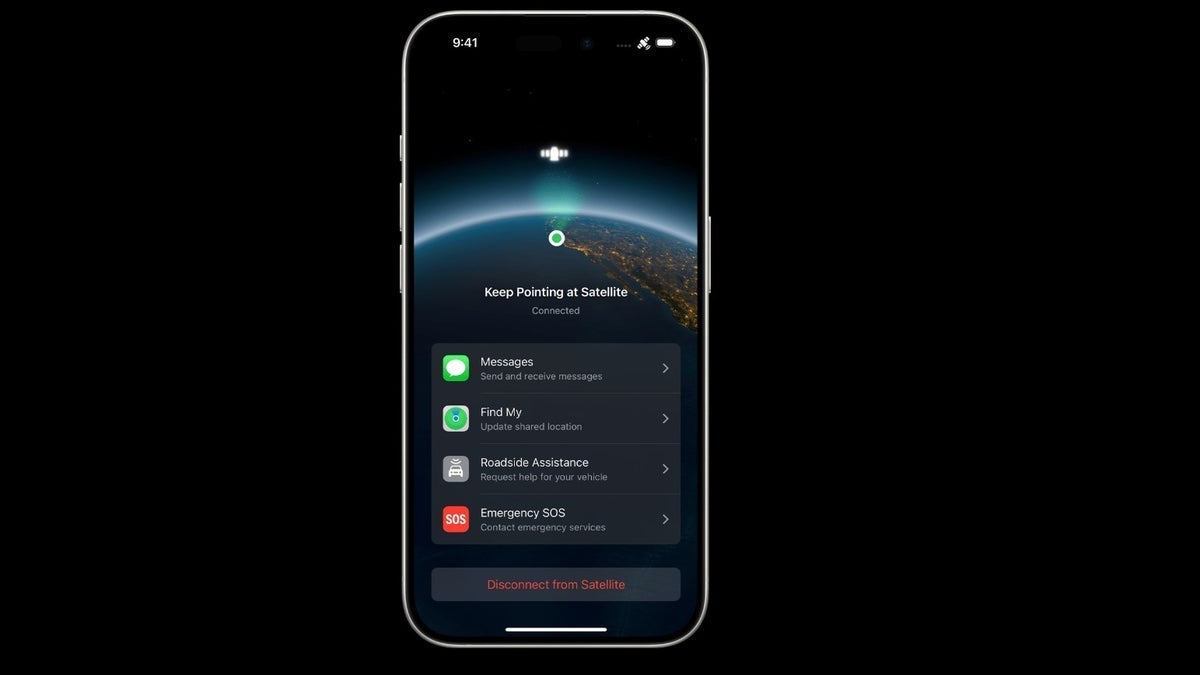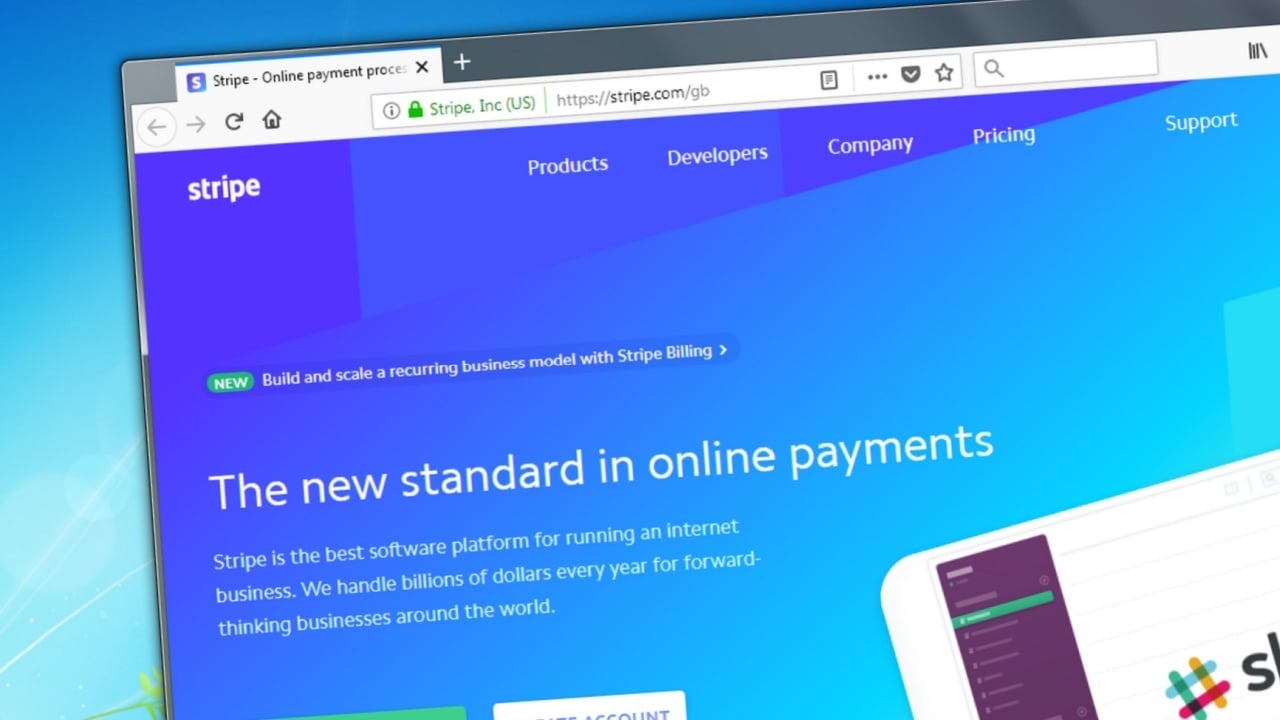Building for the Surge — What We Learned Architecting a System for 10,000+ Users at Once
Building for the Surge: Architecting for 10,000+ Users at Once When tickets for a big event go on sale, traffic doesn’t gradually increase. It spikes. All at once. Thousands of people hitting Buy Now in the same moment. That’s the scenario we had to design for when building EventStripe — a ticketing platform with one key constraint: The system had to stay responsive under 10,000+ concurrent users within the first minute. This wasn’t about long-term scalability or graceful degradation. It was about surviving the first 60 seconds. What we focused on We’ve worked on plenty of high-load platforms before, and we stick to a few architectural rules when the stakes are this high: Isolate traffic domains We split payments, seat reservations, and admin panels into separate services. No shared failures, independent scaling. Use queues and prioritize Payment spikes aren’t just traffic — they’re money. We used retry logic, backoff strategies, and metrics to keep the system graceful under pressure. Make monitoring a first-class citizen Grafana dashboards and ELK logs gave us zone-level visibility in real time. Saturation. Queue depth. Error rates. If it blinked — we saw it. Don’t fear launch-day deploys Jenkins pipelines with rollback and canary options gave us confidence. If something had to change mid-spike, we were ready. Simulate real chaos Load tests weren’t theoretical. We mimicked real user flows, used real API limits, and stress-tested until the system stopped blinking. Stack (if you’re curious) Java 20 + Spring (backend) Next.js (frontend) Docker + Kubernetes Jenkins, Grafana, ELK We ran tests simulating 9,000+ active users. The system held. No slowdowns. No unhandled spikes. Just tickets sold. It’s not a magic formula — just careful architecture and a lot of rehearsal. Have you built for traffic surges before? What helped your system survive? This project was designed and tested by our team at H‑Studio, where we focus on building resilient, high-load systems for SaaS and platforms.

Building for the Surge: Architecting for 10,000+ Users at Once
When tickets for a big event go on sale, traffic doesn’t gradually increase.
It spikes.
All at once. Thousands of people hitting Buy Now in the same moment.
That’s the scenario we had to design for when building EventStripe — a ticketing platform with one key constraint:
The system had to stay responsive under 10,000+ concurrent users within the first minute.
This wasn’t about long-term scalability or graceful degradation.
It was about surviving the first 60 seconds.
What we focused on
We’ve worked on plenty of high-load platforms before, and we stick to a few architectural rules when the stakes are this high:
Isolate traffic domains
We split payments, seat reservations, and admin panels into separate services. No shared failures, independent scaling.Use queues and prioritize
Payment spikes aren’t just traffic — they’re money. We used retry logic, backoff strategies, and metrics to keep the system graceful under pressure.Make monitoring a first-class citizen
Grafana dashboards and ELK logs gave us zone-level visibility in real time. Saturation. Queue depth. Error rates. If it blinked — we saw it.Don’t fear launch-day deploys
Jenkins pipelines with rollback and canary options gave us confidence. If something had to change mid-spike, we were ready.Simulate real chaos
Load tests weren’t theoretical. We mimicked real user flows, used real API limits, and stress-tested until the system stopped blinking.
Stack (if you’re curious)
- Java 20 + Spring (backend)
- Next.js (frontend)
- Docker + Kubernetes
- Jenkins, Grafana, ELK
We ran tests simulating 9,000+ active users.
The system held.
No slowdowns. No unhandled spikes. Just tickets sold.
It’s not a magic formula — just careful architecture and a lot of rehearsal.
Have you built for traffic surges before?
What helped your system survive?
This project was designed and tested by our team at H‑Studio, where we focus on building resilient, high-load systems for SaaS and platforms.






























































































































































![[The AI Show Episode 143]: ChatGPT Revenue Surge, New AGI Timelines, Amazon’s AI Agent, Claude for Education, Model Context Protocol & LLMs Pass the Turing Test](https://www.marketingaiinstitute.com/hubfs/ep%20143%20cover.png)



























































































































![[FREE EBOOKS] AI and Business Rule Engines for Excel Power Users, Machine Learning Hero & Four More Best Selling Titles](https://www.javacodegeeks.com/wp-content/uploads/2012/12/jcg-logo.jpg)











































































































































































































































![Hostinger Horizons lets you effortlessly turn ideas into web apps without coding [10% off]](https://i0.wp.com/9to5mac.com/wp-content/uploads/sites/6/2025/04/IMG_1551.png?resize=1200%2C628&quality=82&strip=all&ssl=1)




![This new Google TV streaming dongle looks just like a Chromecast [Gallery]](https://i0.wp.com/9to5google.com/wp-content/uploads/sites/4/2025/04/thomson-cast-150-google-tv-1.jpg?resize=1200%2C628&quality=82&strip=all&ssl=1)











![iPadOS 19 May Introduce Menu Bar, iOS 19 to Support External Displays [Rumor]](https://www.iclarified.com/images/news/97137/97137/97137-640.jpg)

![Apple Drops New Immersive Adventure Episode for Vision Pro: 'Hill Climb' [Video]](https://www.iclarified.com/images/news/97133/97133/97133-640.jpg)




































































































































